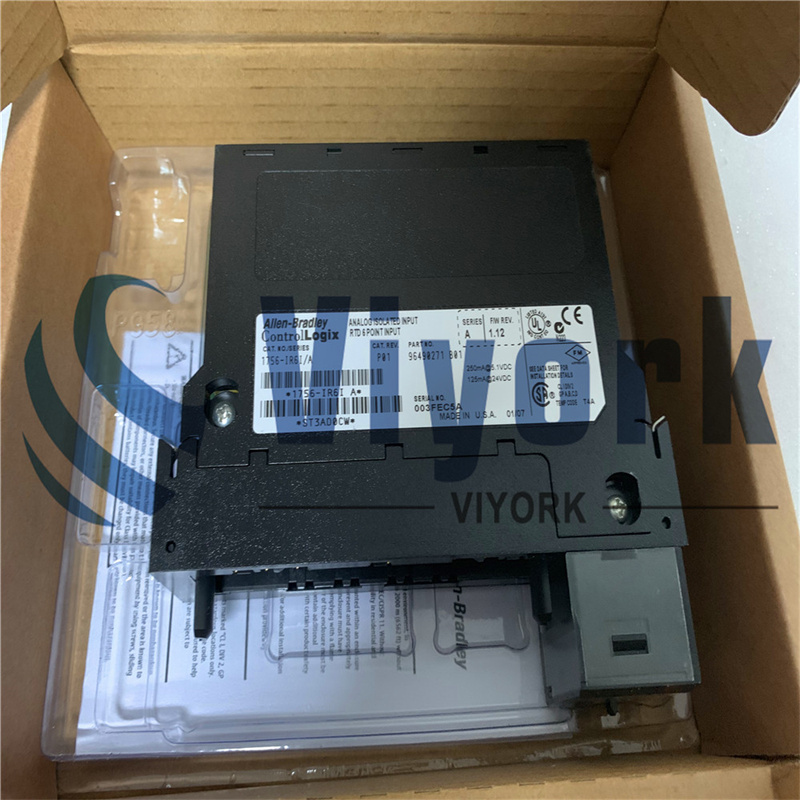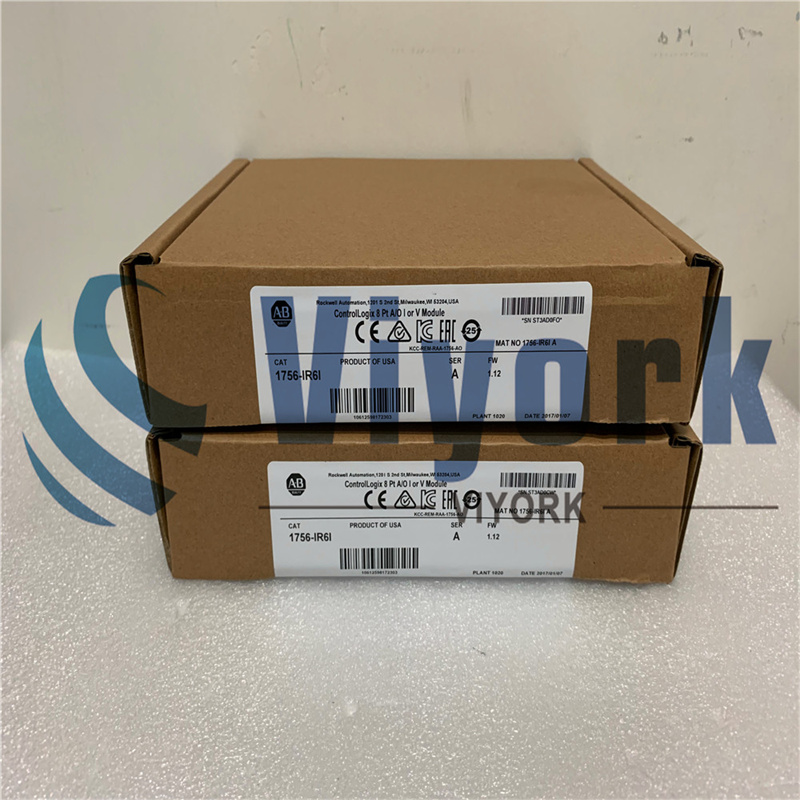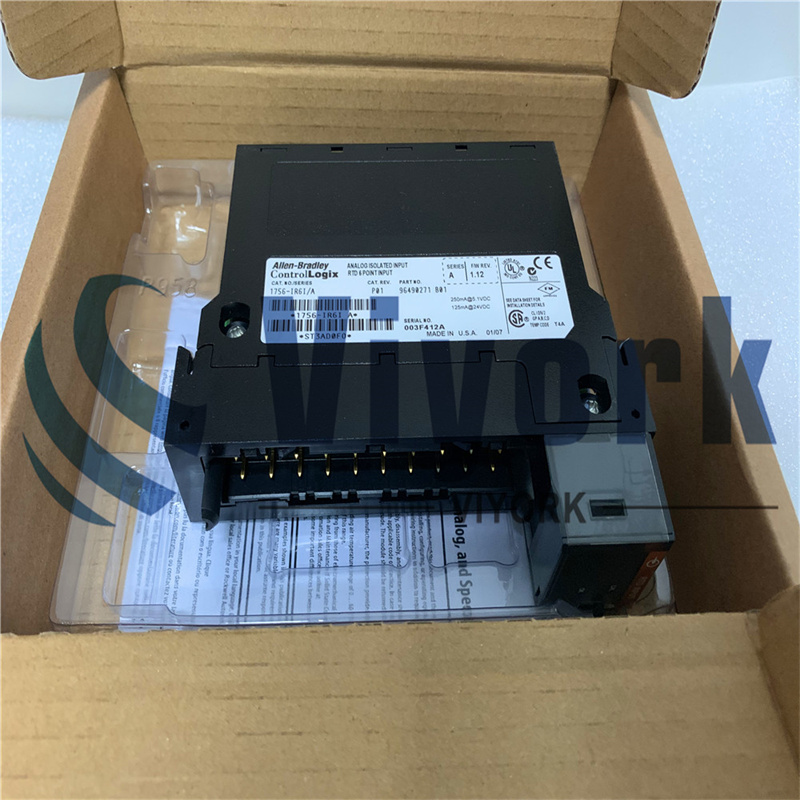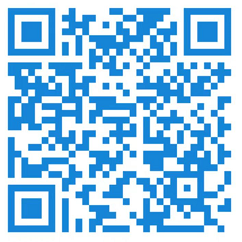AB Analog RTD Module 1756-IR6I
Product Specification
| Brand | Allen-Bradley |
| Part Number/Catalog No. | 1756-IR6I |
| Series | ControlLogix |
| Inputs | 6-Point Isolated RTD |
| Module Type | Analog RTD Module |
| Compatible RTD Type | Platinum 100, 200, 500, 1000 ? , alpha=385; Platinum 100, 200, 500, 1000 ? Platinum, alpha=3916; Nickel 120 ?, alpha=672, Nickel 100, 120, 200, 500 ? , alpha=618 |
| Resolution | 16 bits 1…487 ?: 7.7 m?/bit 2…1000 ?:15 m?/bit 4…2000 ?:30 m?/bit 8…4020 ?:60 m?/bit |
| Input Range | 1…487 ? 2…1000 ? 4…2000 ? 8…4000 ? |
| Module Scan Time | 25 ms min floating point (ohms) 50 ms min floating point (temperature) 10 ms min integer (ohms)(1) |
| Maximum Input Current, Off-State | 2.75 milliamperes |
| Data Format | Integer mode (left justified, 2s complement) IEEE 32-bit floating point |
| Backplane Current (5Volts) | 250 milliamps |
| Backplane Current at 24 Volts | 2 milliamperes |
| Backplane Current (24 Volts) | 125 milliamps |
| Power Dissipation (Max) | 4.3 Watts |
| RSLogix 5000 Software | Verson 8.02.00 or later |
| Removable Terminal Blocks | 1756-TBNH, 1756-TBSH |
| UPC | 10612598172303 |
| Maximum Operating Current | 1.2 milliamperes at 30 Volts AC, 60 Hertz |
| Programming Software | RSLogix 5000; Studio 5000 Logix Designer |
About 1756-IR6I
The Allen-Bradley 1756-IR6I is a temperature-measuring analog module. This is an analog module that is used with Resistance-Temperature Detectors (RTD) sensors.
The 1756-IR6I module provides two data formats such as integer mode and the floating-point mode. When choosing the integer mode, the integrated features are multiple input ranges, notch filter, and real-time sampling. The floating mode includes all these features with the addition of temperature linearization, process alarms, rate alarms, and digital filtering. It also has selectable temperature unit to such as Celsius or Fahrenheit. There are Four (4) possible input ranges for the module including 1 to 487 m?, 2 to 1000 m?; 4 to 2000 m?;, and 8 to 4000 m?;. These ranges designate the minimum and maximum signals detectable by the module. It has Six (6) individually isolated RTD inputs and a resolution of 16 bits. Actual resolution includes 7.7 m?bit for 1-487 Ohms; 15 m?/bit for 2-1000 Ohms, 30 m?/bit for 4 - 2000 Ohms and 60 m?/bit for 8 - 4020 Ohms. The module’s notch filter line noise filtering. Make sure to choose the filter that closely matches the application’s anticipated noise frequency. The digital filter smoothens data by eliminating noise transients on each input channel.
The 1756-IR6I’s real-time sampling feature lets the module multicast data it gathered from scanning all of its input channels. To enable multicast, configure Real-Time Sampling (RTS) period and a Requested Packet Interval (RPI) period.
Protection features are also embedded with this module such as under-range/over-range detection, feature of the module which is used to monitor if the input signal falls beyond the limits set by the input range. The process alarms work similarly however the process limits are manually set by the user. The integrated rate alarm allows the module to detect a rapid increase or decrease within a short defined period of time. Rate alarm is only available in applications using floating point. Wire off detection feature provide loop wiring completeness. It can detect if the RTB or a wire in the module has been disconnected.
Small offset errors in a 10-ohm copper RTD can be compensated with the 10 ohms offset feature of the module. Sensor types can also be configured for each channel in the module. This linearizes the analog signal into a temperature value.
The Allen-Bradley 1756-IR6I is an ControlLogix module that is used to receive signals from Resistance Temperature Detectors (RTD). This module belongs to the analog input category and especially used for Temperature measurement applications.
It accepts resistance signals from RTD types such as Platinum 100, 200, 500, 1000 ? , alpha=385; Platinum 100, 200, 500, 1000 ? Platinum, alpha=3916; Nickel 120 ?, alpha=672, Nickel 100, 120, 200, 500 ? , alpha=618 and Copper 10 ?. This module is compatible for use with 3-Wire and 4-Wire RTD. RTD functions by providing a specific output resistance at a specific Temperature. An RTD table is used to identify the corresponding Resistance output. With the use of this module, the selected RTD type is selected for proper functioning of the module. Selection is made using RSLogix 5000 or Studio 5000 Logix Designer Programming software.
The modules Input signal to user conversion varies depending on the defined range. For 1 - 487 ?, the Low Signal and user conversion are 0.859068653? and -32768 counts while the High Signal and user conversion are 507.862? and 32767 counts. For 2 - 1000 ?, 2 ? -32768 counts and 1016.502 ? 32767 counts, For 4 - 2000 ?, 4 ? -32768 counts and 2033.780 and ? 32767 counts. Finally for 8 - 4020 ?, 8 ? - is 32768 counts and 4068.392 ? is 32767 counts.
The overall input resolution of this module is 16 Bits. In actual measurement, this translates to 7.7 m?/bit for 1…487 ?; 15 m?/bit for 2…1000 ?; 30 m?/bit for 4…2000 ? and 60 m?/bit for 8…4020 ?.






















